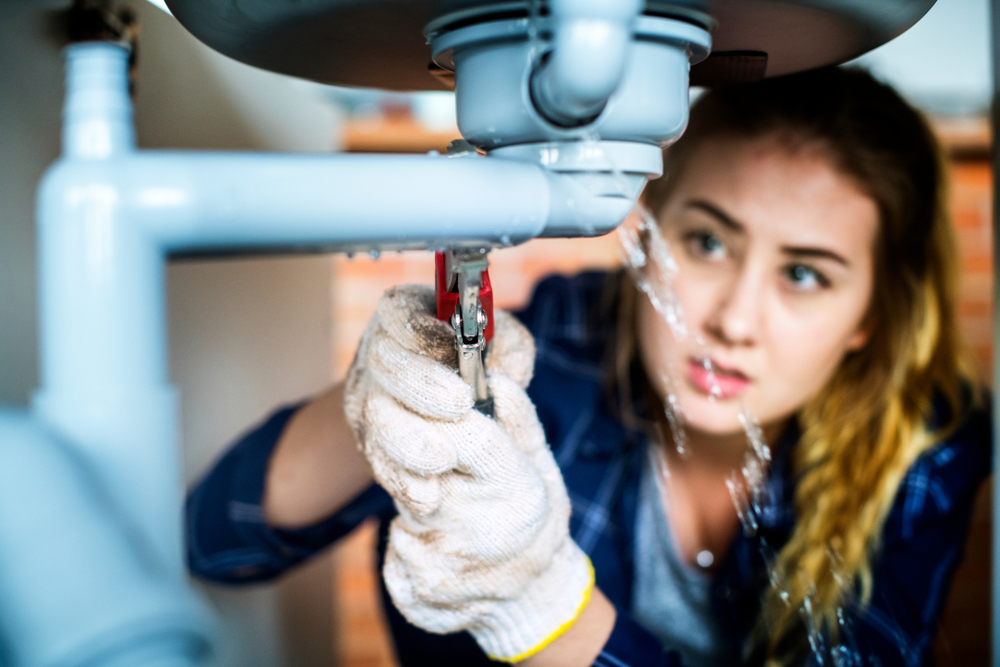Leaks in valves can lead to significant operational inefficiencies and safety hazards in industrial settings. As technology advances, smart valve leak detection has emerged as a pivotal solution for maintaining the integrity and functionality of industrial systems. Designed to provide pinpoint accuracy and real-time monitoring, these systems offer an essential upgrade in quality assurance for the industry.

The Importance of Smart Valve Leak Detection in Industry
Many industries rely heavily on complex networks of pipes and valves to transport fluids and gases. A single leak can disrupt operations, lead to financial losses, and potentially cause environmental damage. Implementing a smart valve leak detection system can mitigate these risks by offering early detection and allowing for a swift response.
Industries such as chemical processing, oil and gas, and water management prioritize leak detection to ensure continuous operation and regulatory compliance. Not only does effective leak detection safeguard resources, but it also enhances safety for personnel and minimizes environmental impact.
How Smart Valve Leak Detection Works
Modern leak detection systems use a variety of sensors and technologies. Smart valve leak detection involves integrated sensors that monitor pressure, sound, and temperature changes. These sensors communicate data in real-time to a central monitoring system.
For a deeper understanding of various leak detection technologies, you can explore acoustic leak detection methods and pressure-based leak sensors which play a critical role in modern leak detection strategies.
Benefits of Implementing Smart Valve Leak Detection
Real-Time Monitoring and Alerts
One of the primary advantages is the ability to receive instant alerts when a leak is detected. This feature is crucial for preventing extensive damage and ensuring that corrective measures are implemented without delay.
Cost Efficiency
While the initial installation of a smart valve leak detection system might seem costly, the long-term savings significantly outweigh the expense. By preventing leaks, companies save on repair costs, avoid losing high-value products, and minimize downtime.
Improved Operational Safety
By providing constant monitoring, leak detection systems add a vital layer of safety, especially in industries dealing with volatile substances. This technology allows for a greater understanding of the operational environment, thus reducing the risk of accidents.
For comprehensive insights into these benefits, consider visiting external resources such as this detailed guide.
Technological Integration and Future Trends
Smart leak detection systems are increasingly integrating with the Internet of Things (IoT), allowing for even more sophisticated data collection and control. This integration provides the potential for remote monitoring and control through portable devices, increasing response efficiency.
Exploring future trends in leak detection technology is crucial for staying ahead in the industry. A deeper dive can be found at thermal imaging leak detectors, a cutting-edge technology for modern industries.
Challenges in Adoption
While the benefits are clear, the adoption of smart valve leak detection systems is not without challenges. These include the initial cost, integration complexity with existing systems, and the need for skilled personnel to interpret data and maintain systems.
Industries must balance these challenges with the undeniable benefits. Proper training and a strategic implementation plan are essential in overcoming these barriers and reaping the full benefits of advanced leak detection.

FAQ
How does smart valve leak detection improve safety?
By providing real-time alerts and monitoring, smart leak detection systems allow for immediate action to prevent accidents and reduce risks associated with leaks.
What industries benefit most from smart valve leak detection?
Industries such as oil and gas, chemical processing, and water management benefit significantly due to their reliance on fluid and gas transportation systems.
What technologies are common in smart valve leak detection systems?
Common technologies include sensors for pressure, sound, and temperature, often integrated with IoT for broad data communication and control.






